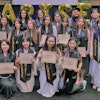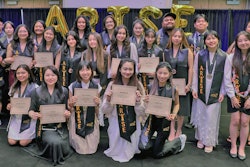Despite feverish efforts by presidential candidates to grab voters’ attention, they, along with public opinion polls and mainstream news coverage, have largely ignored Asian Americans so far, several political scientists say.
“It’s kind of annoying,” says Dr. Andrew Aoki, associate professor of political science at Augsburg College. “It gives Asian Americans a feeling of being overlooked.”
It’s possible the candidates will improve their outreach as the November’s election nears, but Aoki and other scholars aren’t sure whether it would be noticed much.
“You rarely see an acknowledgement of Asians in national campaigns,” says Dr. Natalie Masuoka, an assistant professor of political science at Tufts University.
Multiple, complex reasons have resulted in the near-invisibility of Asian Americans in the campaign, these scholars say.
Nationally, Asian Americans compose about 4 percent of the population. While they are most numerous in states such as Hawaii and California, their ranks are rapidly growing in Nevada, Oregon, Minnesota, New Jersey and elsewhere. Yet this growth across many states, rather than just one or two, leads to perceptions that they don’t form enough of a voting bloc in each state to justify a candidate’s time.
After all, a presidential election is based on winning the majority of votes in each state, not necessarily the popular vote nationally.















